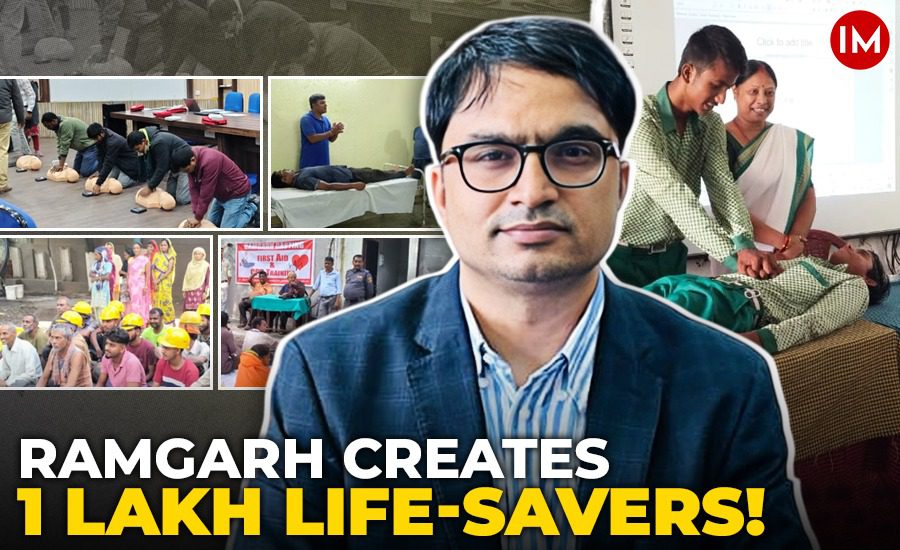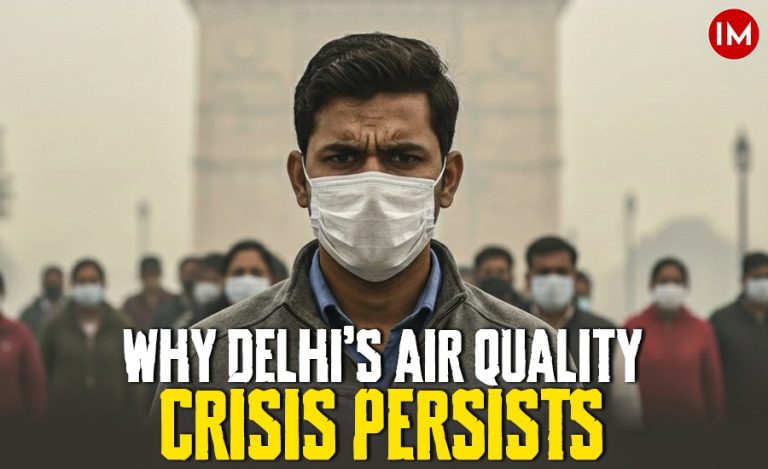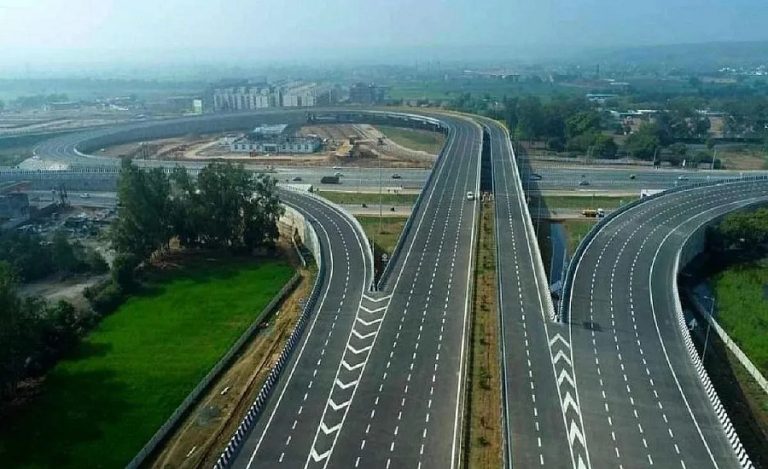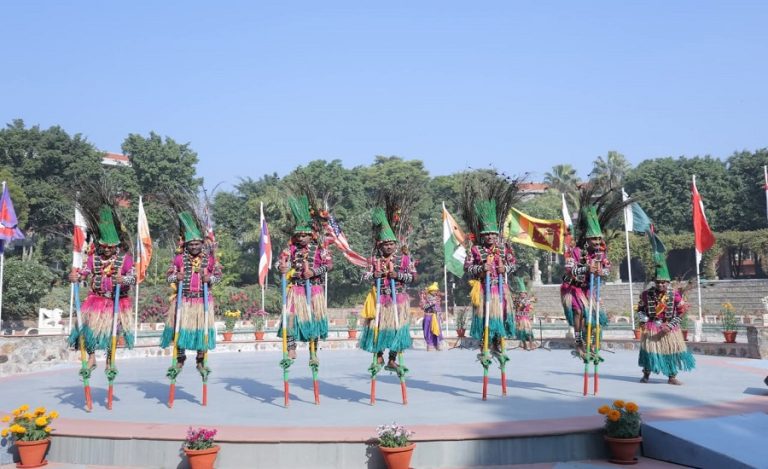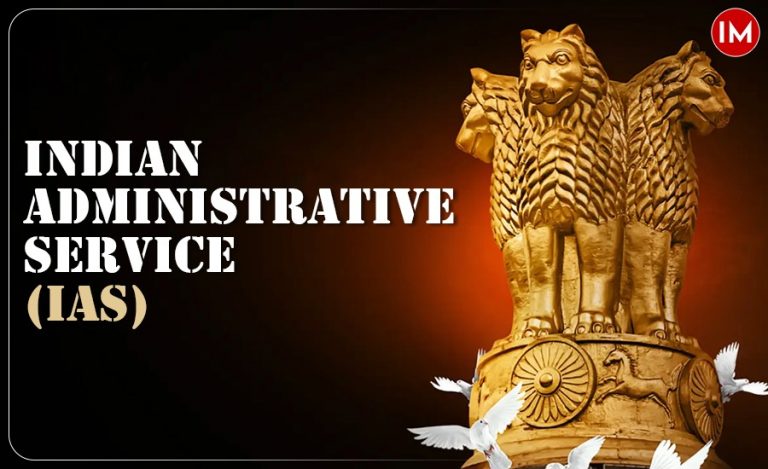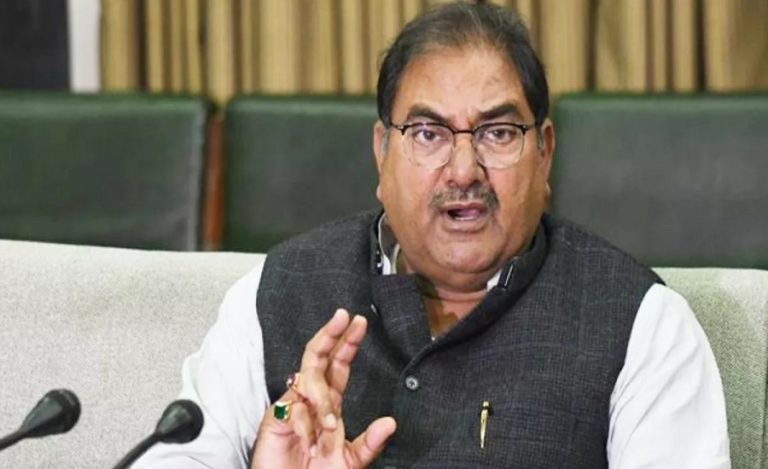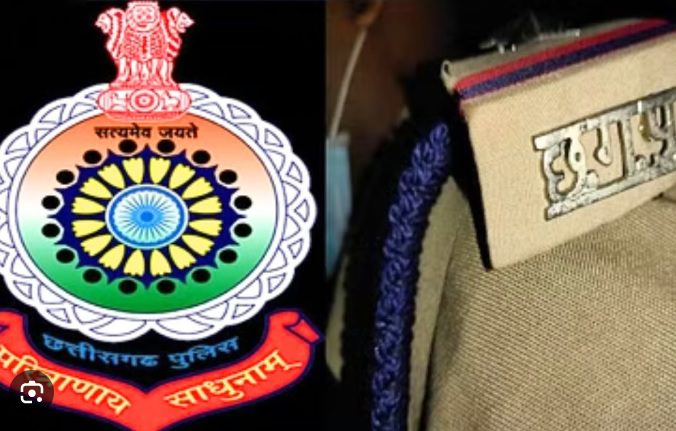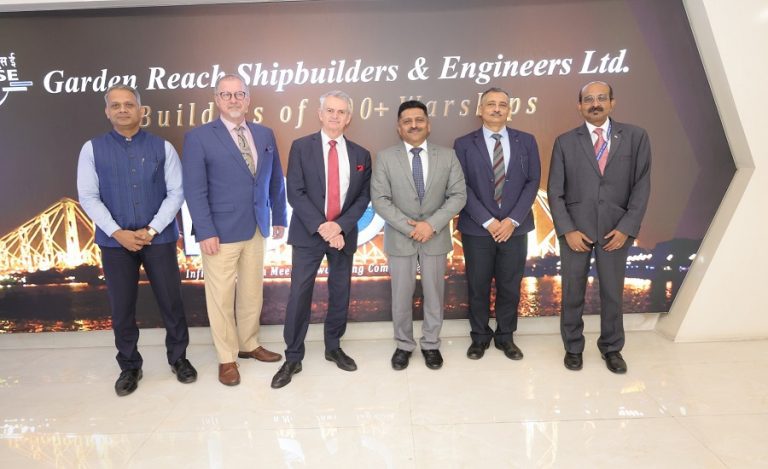Imagine walking through a marketplace, a classroom, or a mining site in Ramgarh, Jharkhand, and knowing that almost every person around you could save a life in an emergency. That vision is becoming reality under an ambitious initiative led by Deputy Commissioner Faiz Aq Ahmed Mumtaz (2014 batch, Jharkhand cadre), where more than one lakh civilians have already been trained in cardiopulmonary resuscitation (CPR) and first aid — and the number is growing every day.
Within just two months of Mr. Mumtaz taking charge in June this year, Ramgarh became the first district in the country to achieve such a large-scale life-saving training drive. The initiative, known as ‘Aapda Mitra,’ has reached people across schools, colleges, panchayats, government offices, mining areas, and factories — places where emergencies can occur anytime.
THE BEGINNING OF A MOMENT
The idea, Mr. Mumtaz says, was born out of a simple but pressing realisation. “During normal discussions, we noticed that post-COVID, heart attack cases were becoming more frequent,” he shared in a conversation with Indian Masterminds. “I realised that even educated people don’t know these basic life-saving techniques. It doesn’t cost anything to train people, and being in my position, I could involve everyone. That’s how it started.”
Having previously served as Director of Horticulture and the Marketing Board, where he had trained around 50,000 people in first aid, Mr. Mumtaz brought his experience and momentum to Ramgarh. The program there was already underway, but he quickly expanded it with systematic planning and scale.
A STRUCTURED APPROACH TO TRAINING
The foundation of the project lies in its 3,229 master trainers — individuals professionally trained by experts in CPR and first aid. “We first trained the master trainers, along with medics, paramedics, and doctors,” the DC explained. “Their names and details are documented. They were then sent out to schools and panchayats to train others.”
Each master trainer is assigned specific areas, ensuring that every panchayat and senior secondary school in the district has at least a few trained individuals. Training sessions are organised with rosters detailing the location, date, and number of participants, ensuring no group is left behind.
The program also ensures diversity — factory workers, miners, students, shopkeepers, and teachers all participate. “People are learning CPR and first aid in villages, schools, mines, factories, shops, and offices,” said Mr. Mumtaz. “Our goal is to train 200,000 civilians by the end of the year, and at the current speed, we will reach that well before December.”
BEYOND CPR
While CPR remains the core focus, the training covers a wide range of real-life emergencies. Participants learn how to respond to choking, bleeding, burns, fractures, lightning strikes, shock, and snake bites — all common in both urban and rural contexts.
According to Mr. Mumtaz, the true success of the programme lies not just in numbers but in the change in mindset it has created. “Now, everyone in the district knows what CPR is and understands its importance,” he said. “The idea is that no one should feel helpless in a medical emergency. Even if we save just one life, it’s worth the effort.”
A COMMUNITY THAT CARES
The campaign has created an unprecedented level of public participation. In schools, teachers and students attend training sessions with enthusiasm. In mining areas, labourers who often work in hazardous conditions are being equipped to help colleagues if accidents occur.
A Class 11 student who received the training told media: “After receiving CPR training, I can confidently say I can save someone’s life if I come across such a person in an hour of need.”
The ripple effect is evident — as trained individuals share their knowledge, families and communities become safer. Awareness about CPR has spread so widely that it’s now a common term in daily conversations across Ramgarh.
His social media accounts also show real-life instances where trained individuals — including the officer himself — have provided first aid in emergencies. “Once, a child was injured in front of me, and we provided first aid and took them to the hospital in time,” he shared. “That’s when you see how this training truly matters.”
EXPANDING THE VISION
Interestingly, the initiative is not limited to health emergencies. Alongside first aid training, the Ramgarh administration is also establishing libraries in every panchayat. These community libraries are envisioned as centers of learning and awareness — spaces where people can access books, resources, and guidance.
“We are building a community that not only knows how to respond in an emergency but also values knowledge and education,” IAS Faiz Aq Ahmed Mumtaz shared with Indian Masterminds. “Health and learning go hand in hand when it comes to empowering people.”
A MODEL FOR OTHER DISTRICTS
While smaller CPR awareness programs exist across the country, no other district has implemented it on this scale, involving such diverse groups of people in such a short time. “I don’t think this has happened anywhere else,” said Mr. Mumtaz. “Maybe some small efforts, but nothing like this — 100,000 already trained, and we’re aiming for 200,000 this year.”
He believes the model can be easily replicated elsewhere. “Every district has the capability to do this. It’s just about intent and coordination,” he noted. “Once people realise the importance of basic first aid, they will step forward on their own.”
ONE DISTRICT, THOUSANDS OF LIFE SAVERS
Ramgarh’s Aapda Mitra initiative is more than an administrative success story — it’s a reminder that real progress happens when knowledge meets compassion. Through awareness, accessibility, and consistent follow-through, the district has shown what public participation can achieve when guided with purpose.
As Deputy Commissioner Faiz Aq Ahmed Mumtaz summed it up, “The whole point is that no one should feel helpless in a medical emergency. If even one person’s life is saved because someone knew CPR, then this entire effort is worth it.”

